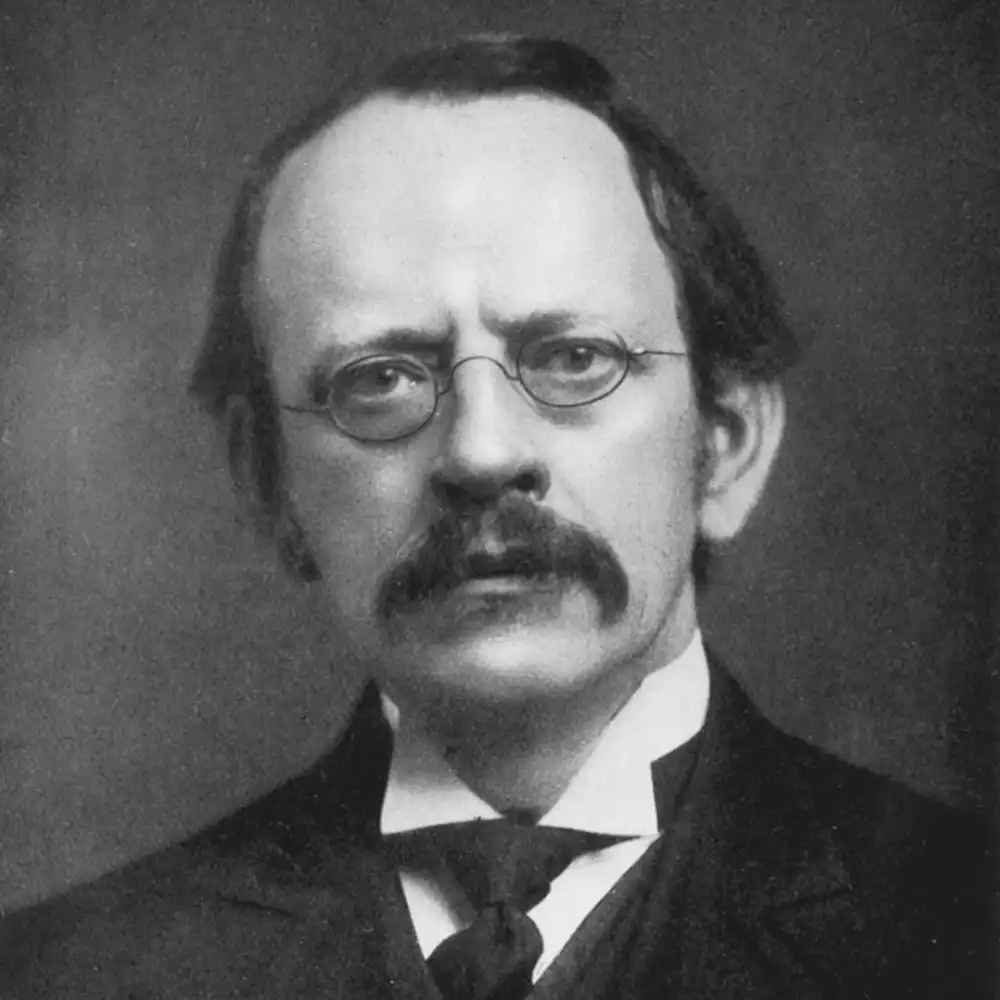
J.J Thomson
Joseph John Thomson, also known as J.J. Thomson, was a British physicist who made groundbreaking contributions to the understanding of infinitesimal structure and subatomic patches. He was born in Manchester, England in 1856, & studied at Trinity College, Cambridge, – where he later became a Professor.
In 1897, Thomson discovered the electron, a subatomic flyspeck that had a negative charge and was present in all atoms. He conducted trials using cathode shafts, which were aqueducts of electrons that were emitted from a cathode in a vacuum tube. Through these trials, he was able to determine the mass- to- charge rate of the electron, and demonstrated that it was an abecedarian flyspeck that couldn’t be divided.
Thomson’s discovery of the electron revolutionized the field of infinitesimal drugs, and led to the development of new models of infinitesimal structure. In 1904, he proposed the” pearl pudding” model of the snippet, which suggested that the snippet was composed of an appreciatively charged sphere with negatively charged electrons bedded within it.
Thomson was awarded the – Nobel Prize in Physics in 1906, for his work on the Electron… He continued to make important contributions to the field of drugs throughout his career, including the discovery of isotopes and the invention of the mass spectrometer… …
Thomson was also a prominent wisdom preceptor, and was known for his capability to explain complex scientific generalities in simple terms. He wrote several books and papers on drugs, including the influential text” rudiments of the Mathematical Theory of Electricity and Magnetism.”
Thomson’s work paved the way for further advancements in infinitesimal and subatomic drugs, and his heritage continues to impact the field.
In addition to his scientific achievements, – Thomson was also a prominent figure in the scientific community. He served as the chairman of the Royal Society from – 1915 to 1920, and was awarded multitudinous honors and awards throughout his career.
Thomson was married to Rose Elisabeth Paget, & the couple had two children. His son, George Paget Thomson, also became a physicist and was awarded the Nobel Prize in Physics in – 1937 for his work on the diffraction of electrons.
Thomson failed on August 30, 1940, at the age of 83. His benefactions to the field of drugs continue to be an honored and celebrated moment, and he’s flashed back as one of the most influential scientists of the 20th century.







